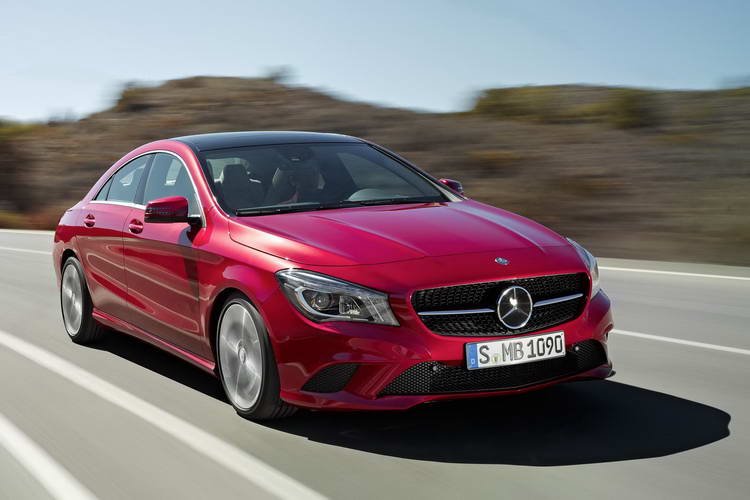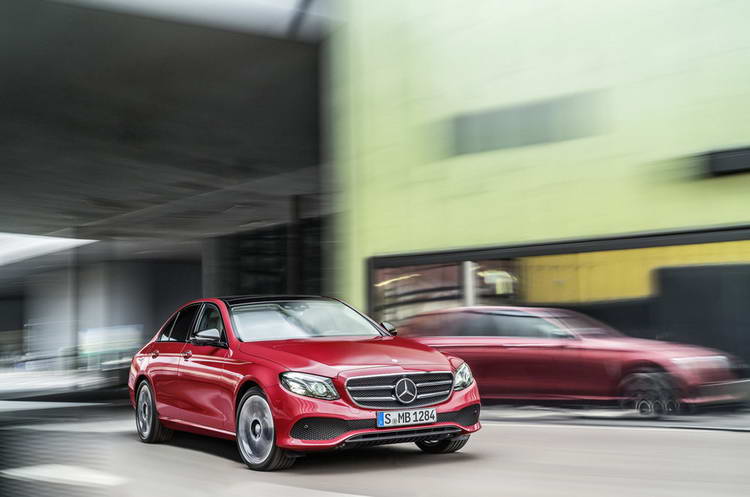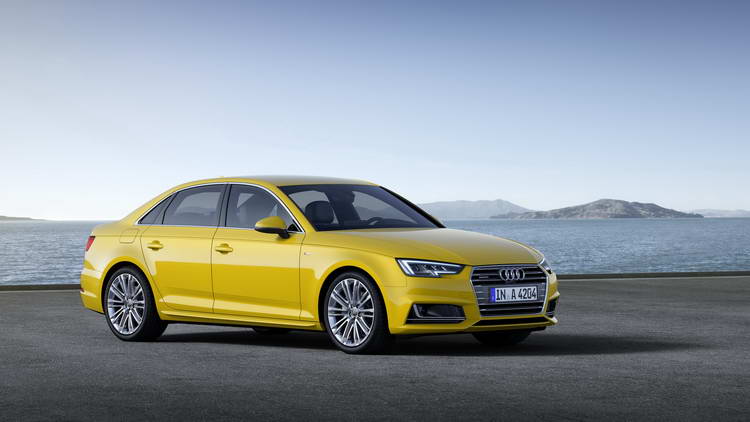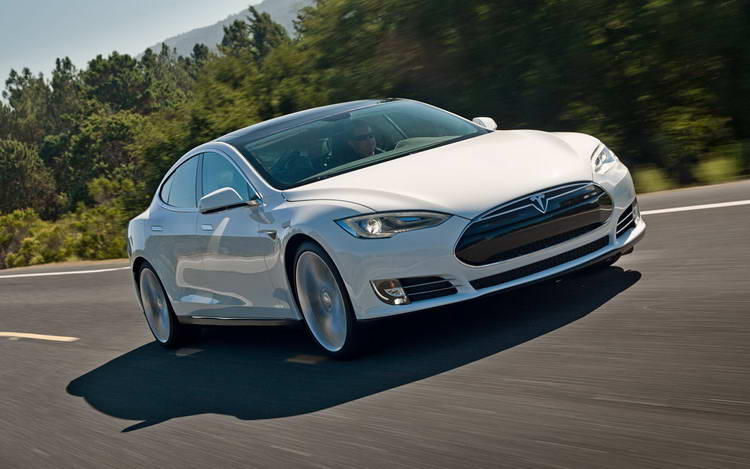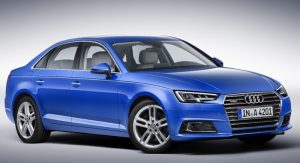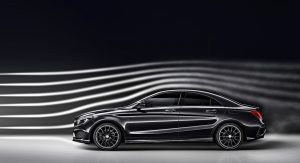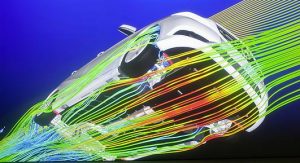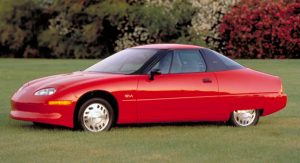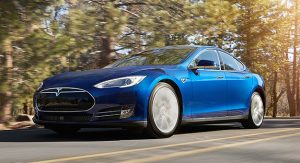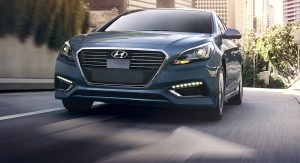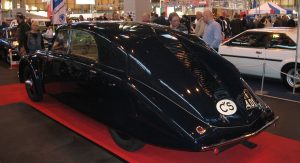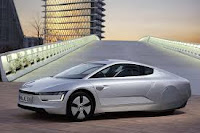Aerodynamics is one of the most important sciences behind vehicle engineering: the lower the drag co-efficient (Cd) the more easily a car cuts through the air, requiring less energy. Which, in turn, results in it being quieter and more frugal, as it needs less power to overcome wind resistance.
The trend towards aerodynamics began around the 1930’s with cars like the Chrysler Airflow, as well as the unconventional Paul Jaray-styled Tatra T77a– with an alleged 0.212 Cd- still unmatched (by a full-sized passenger car)some 81 years after its 1935 debut.
Although two-seater specialties like the GM EV-1 (0.195) and VW XL-1 (0.189) offer extraordinary figures below Cd 0.2, there are too many compromises to achieve that with a mass-market car so far, so we’re going to focus on more conventional offerings.
So, without further ado, here are five wind-cheaters you can buy today:
Mercedes-Benz CLA 180 Blue Efficiency (Cd 0.22)
Although the US-spec versions of the compact four-door coupe have a Cd of around 0.28 (or 0.30 according to an independent test by Car & Driver), this European diesel variant holds the world record for most aerodynamic four-door, at 0.22. This is achieved thanks to a flat underfloor, low ride-height and small frontal area to complement its swoopy shape.
Mercedes-Benz W213 E-Class (Cd 0.23)
Not only is the new E-Class up to 220lbs (100kg) lighter than its predecessor, it also manages this astonishing aero figure while still looking stylish and elegant. This helps it achieve just 3.9 lt/100 km (60 MPG) and 102g/km in the E 220d version that manages a more than respectable 7.3-second 0-62 mph (0-100 km/h) time. Mercedes really seem to be the aero-wizards right now and, if the W212 C-Class Coupe is any indication, the E-Class Coupe could offer an even lower figure when it is launched.
Audi B9 A4 (Cd 0.23)
Another German executive sedan, the newest A4 cuts through the air with an incisive 0.23 Cd. This was achieved thanks to some underbody tricks and clever design, such as having the lowest roofline of any compact executive on the market today. We can (rightly) bash Audi all we want for needing a trained eye to distinguish it from either its predecessor or its other saloons; in this respect, though, looks are deceiving and the aerodynamics are first rate.
Tesla Model S (Cd 0.24)
Electric cars have a distinct advantage over their fossil-fueled counterparts in the aero department: the lack of a radiator. In spite of its dimensions, the Model S’ smooth floor, sloping roofline and specially designed mirrors help it achieve an 0.24 figure. EV’s need to be as aerodynamic as possible to maximise range, so all eyes are on the Model 3 launch on March 31, to see if rumors of a 0.2 Cd figure come true.
Hyundai Sonata Hybrid (Cd 0.24)
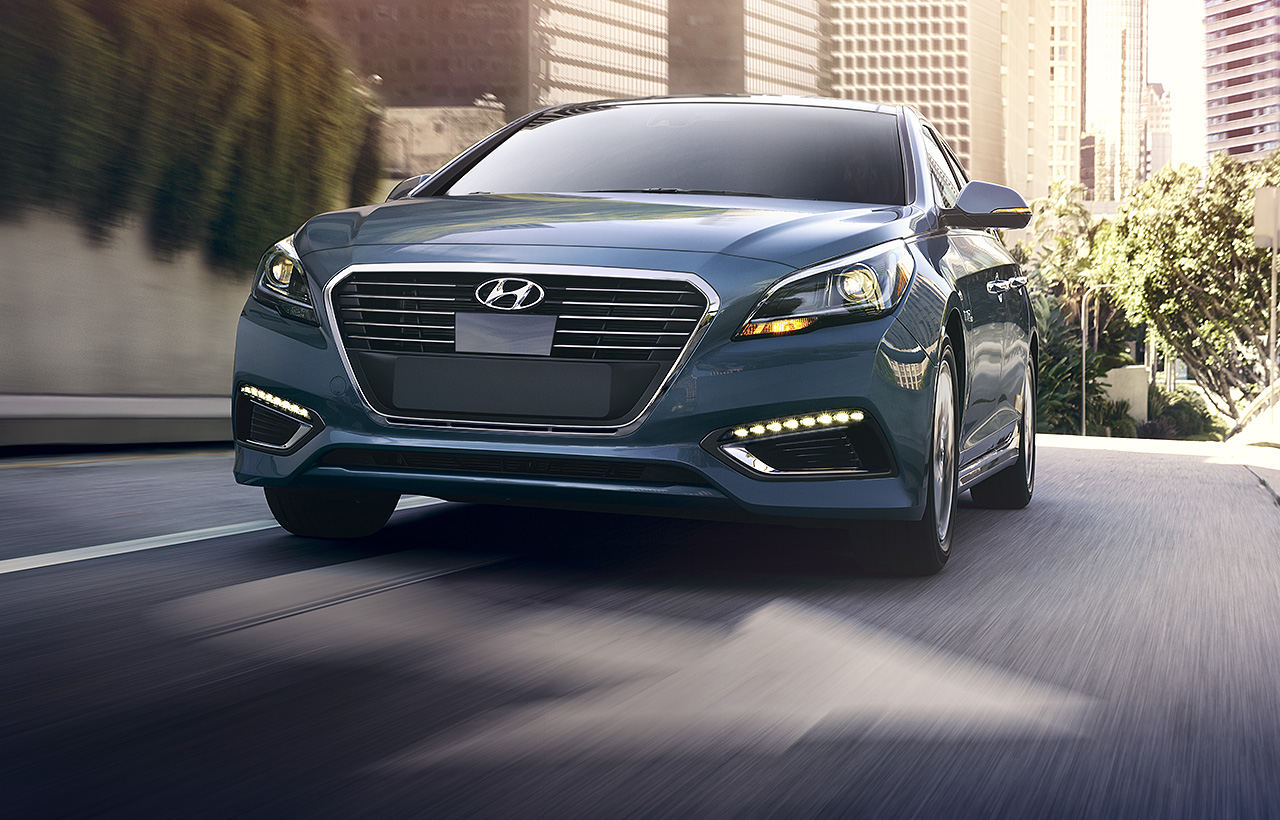
It actually ties with the Toyota Prius, which has the same figure, but the Sonata is decidedly more affordable than the other entries. Plus, in spite of being available in hybrid and plug-in versions as well, it doesn’t need the help of futuristic (or odd, depending on where you stand) design to reach its goal.
By Mitchell Jones




